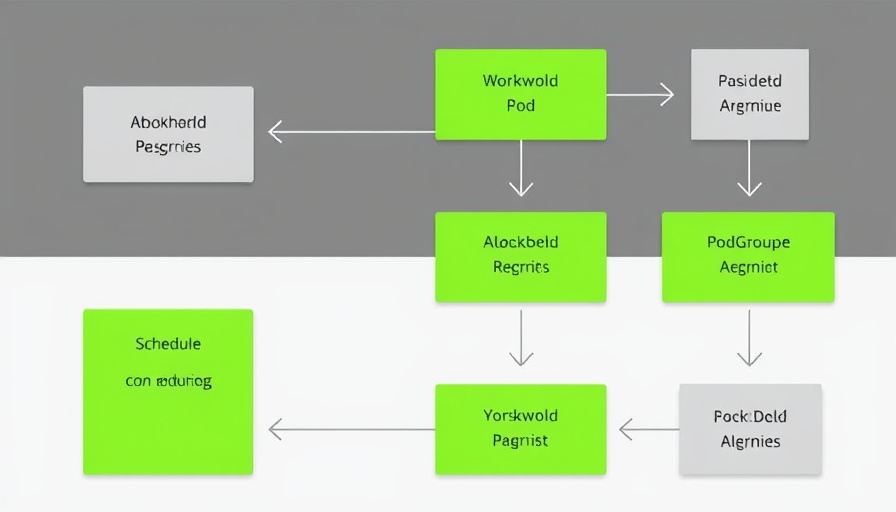
The Healthcare Renaissance: Nvidia at the Forefront
In the fast-evolving world of technology, Nvidia stands out, not just for its graphics processing units (GPUs) but for its transformative potential in the healthcare sector. Recently, analysts at Cowen indicated that Nvidia could tap into a healthcare market worth over $100 billion, primarily through advancements in artificial intelligence (AI). This represents a significant shift in how AI can reshape diagnostic and treatment paradigms in healthcare.
A Closer Look at AI in Healthcare
Artificial intelligence is no longer a futuristic concept; it is actively being integrated into healthcare systems to enhance patient care, streamline workflows, and reduce costs. Nvidia’s AI capabilities enable healthcare providers to perform predictive analytics, thus helping in early diagnosis and personalized treatment plans. The ability to analyze vast datasets in real time gives healthcare professionals a distinct advantage in patient management.
Breaking Down the $100 Billion Opportunity
If Nvidia successfully capitalizes on this market, it could lead to an unprecedented growth phase for the company. They are already equipping healthcare institutions with powerful tools such as AI imaging and patient record analysis systems that significantly improve diagnostic accuracy. Each incremental step Nvidia takes in this domain not only enhances its product offerings but also solidifies its status as a leader in the intersection of technology and healthcare.
Global Trends Influencing AI in Healthcare
As healthcare institutions worldwide adapt to the digital age, the demand for AI solutions is surging. From telehealth services booming during the pandemic to increased focus on data security and patient privacy, companies like Nvidia are well-positioned to provide solutions that cater to these needs. This shift opens opportunities for collaborations and partnerships with other tech giants and healthcare providers.
Counterarguments: Challenges Ahead
Despite the optimism surrounding Nvidia’s foray into healthcare, several challenges remain. Regulatory hurdles, data privacy concerns, and the high cost of technology integration could impede progress. Moreover, there's skepticism among some practitioners regarding the reliability of AI-driven diagnostics compared to traditional methods. These challenges need addressing to ensure the widespread acceptance of AI in healthcare.
The Future of AI and Healthcare
Looking forward, the potential of AI in healthcare becomes even clearer. Technologies like GPT-3, which Nvidia could potentially integrate, promise to enhance patient interactions through chatbots and virtual assistants. These innovations could reduce wait times and improve information accessibility, making healthcare more efficient and patient-centered.
Decisions Investors Can Make with This Insight
For AI enthusiasts and investors, understanding Nvidia’s role in healthcare is crucial. As advancements in AI reshape this sector, investing in companies like Nvidia becomes increasingly appealing. Keeping abreast of technological trends and understanding market demands will be essential for making informed investment decisions that align with future growth trajectories.
In conclusion, Nvidia represents not just a stock to watch but a key player in a healthcare revolution powered by AI. With the potential to address critical needs and improve patient care, the healthcare market may very well be Nvidia's next blockbuster opportunity. For those interested in the intersection of technology and healthcare, Nvidia is definitely a name to remember.
 Add Row
Add Row  Add
Add 




 Add Row
Add Row  Add
Add 

Write A Comment